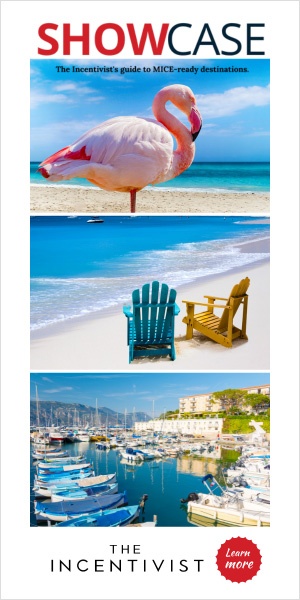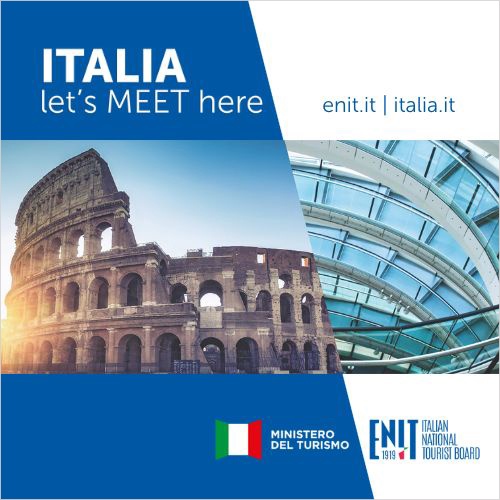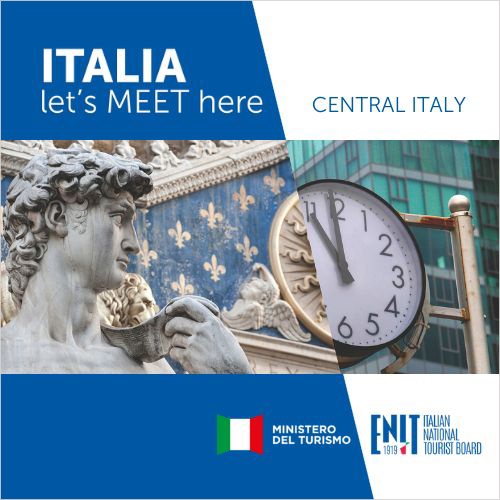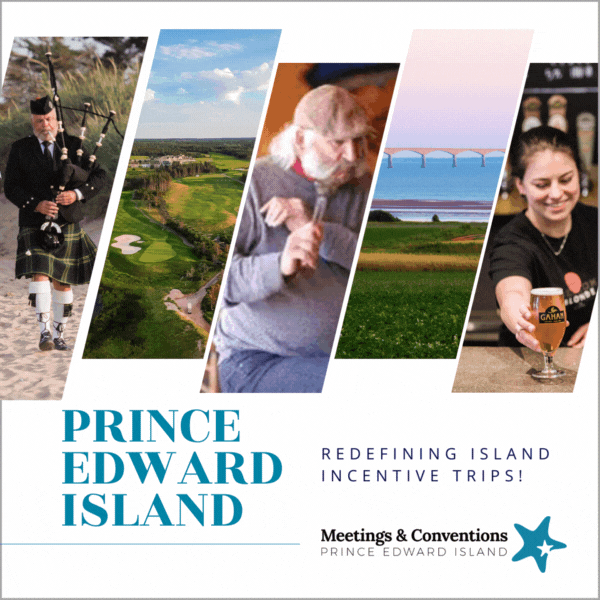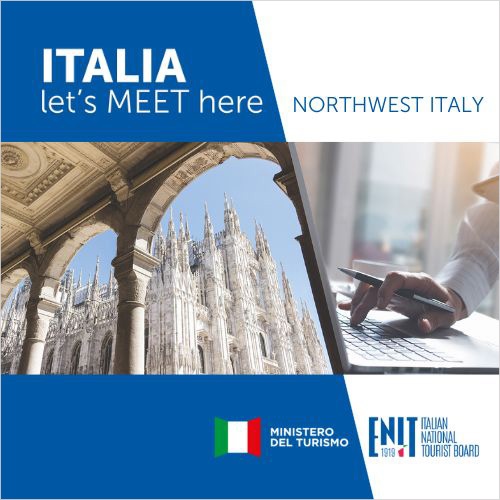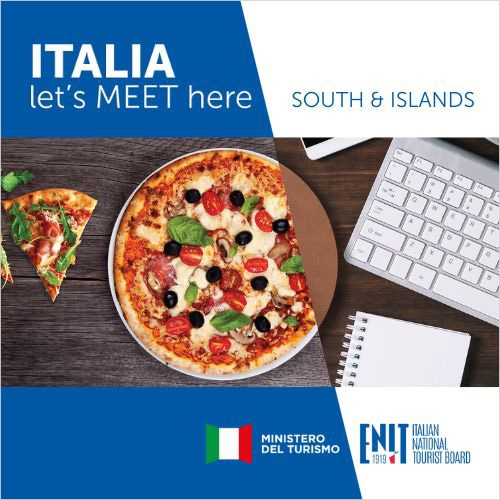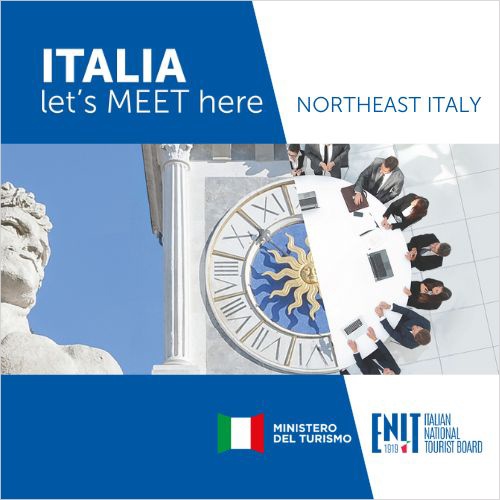The Incentive Research Foundation (IRF) submitted the following letter to the editor in response to a recent Wall Street Journal article about incentive travel. The IRF states that the article reports that Charles Schwab Corp. is scaling back its incentive trip to Hawaii and instead paying top performers $5,000 and giving them a paid week off. The article cites “reputational risks” associated with award programs. IRF’s Chief Academic Advisor Allan Schweyer provides a clear counterargument that in-house planners and incentive travel professionals may find useful in discussions with management and clients about the effectiveness of incentive travel as a motivational tool.
The Benefits of Incentive Travel Programs
By Allan Schweyer, Chief Academic Advisor, The Incentive Research FoundationSchwab expects its recent decision to scale back incentive travel programs will save it money. As the article suggests, this may not be the company’s only reason for making the decision. The timing of the move appears connected to the SEC’s Regulation Best Interest (RBI) rules, which are scheduled to come into effect next year.
The SEC hopes RBI will protect average people from advisors who make recommendations that favor the advisor but don’t necessarily serve the best interests of the investor – an important goal. But RBI rules don’t preclude incentive travel programs. RBI states that firms should: “Identify and eliminate any sales contests, sales quotas, bonuses and non-cash compensation that are based on the sales of specific securities or of specific types of securities within a limited period of time.”
Well-designed incentive travel programs need not reward specific products, investments or even sales. Even where they reward direct outcomes, like sales, they normally consider achievement across a range of products and services over the course of an entire year.
Schwab may save money by reducing its travel incentives, but at what cost? Yes, incentive travel programs prove expensive and challenging to deliver but according to Incentive Research Foundation surveys in 2017 and 2018, travel remains one of the most popular and fastest-growing motivational tools for sales and other employees. About 40% of US firms use incentive travel rewards, spending an average $8,151 per participant. Worldwide, 65% of firms are expanding their incentive travel programs.
The use of incentive travel is increasing because it works. A substantial and growing body of academic research dating back to the 1970s cites the greater benefits and return on investment of travel and other non-cash rewards over cash rewards. People tend to classify cash into utilitarian accounts, using it for mundane and forgettable transactions like paying gas bills and making mortgage payments.
On the other hand, employees place experiential gifts into mental accounts designated for fun or luxury, which generates feelings, emotion and memories. There remains a stigma attached to talking about cash but people love to talk about and share dining and travel experiences. Because employees remember, talk about and appreciate non-cash experiential rewards, they reciprocate with greater effort, collaboration, engagement, loyalty and performance.
As above, these outcomes have been documented in dozens of peer-reviewed research papers authored by academics worldwide over the past half-century. Cash as a reward works in many circumstances too, but since 1996, use of non-cash rewards has risen from just one-quarter of US firms to more than 85%, according to the Incentive Federation. And, as above, travel represents the ultimate reward in terms of motivation.
Financial services firms like Schwab should think twice about eliminating or scaling back their incentive travel programs. Over emphasis on cash rewards may cost companies much more than they expect in the long term.

